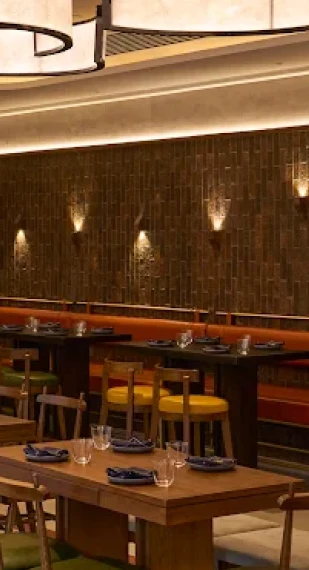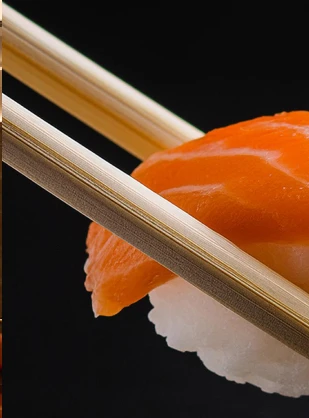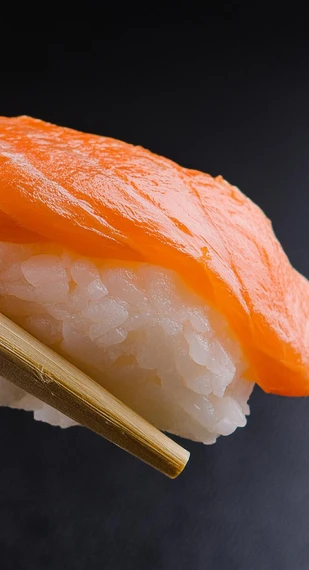Origins of the Izakaya
-

The izakaya emerged during Japan’s Edo period (1603–1868) as sake shops began offering food alongside drinks. Unlike formal restaurants, izakayas became neighbourhood hubs, places to unwind after work, share small plates, and linger over conversation. Their casual, unpretentious vibe is key: ordering is often done in rounds, with dishes meant for sharing. Today, Tokyo boasts of thousands of izakayas, each offering its own twist on the tradition.
-

-

With Supa San, Aditya Birla Group brings this spirit to Mumbai’s Bandra Kurla Complex, adapting the concept for India’s urban diners while staying true to its convivial roots.
-

The Manga & Anime Universe
Manga (Japanese comics) and anime (its animated counterpart) are multi-billion-dollar cultural exports, with origins tracing back to 12th-century picture scrolls. Modern manga emerged in the post-war era, shaped by artists like Osamu Tezuka, whose Astro Boy defined the big-eyed style. Today, franchises like One Piece and Pokémon are global giants, driving not just media sales but fashion, gaming, and tourism.
Supa San draws on this vivid visual world, incorporating bold manga panels, whimsical character art, and dynamic colours into its interiors, offering guests an immersive slice of Japan’s pop culture while they dine.
Food as Storytelling
Japanese cuisine often mirrors the themes of its popular culture, from ramen shops in the Naruto universe to festival yakitori stalls frequently featured in anime. These depictions fuel curiosity for authentic dishes and rituals, influencing how international audiences engage with Japanese food. In izakayas, menus are built for exploration: skewers, sashimi, karaage, and shared hotpots.
Supa San captures this variety, presenting a menu where traditional izakaya favourites sit alongside inventive creations tailored for Indian palates, ensuring authenticity without alienating first-time diners.
From Tokyo to the World
The izakaya model has adapted across Asia, North America, and Europe, often merging with local drinking and dining traditions. Similarly, anime and manga have been embraced and reinterpreted worldwide, shaping everything from Hollywood blockbusters to streetwear brands. In India, anime streaming viewership has grown sharply, particularly among urban millennials.
Supa San leverages this cultural familiarity, creating a venue where Japanese dining and pop culture meet in a setting that feels both novel and instantly accessible to Mumbai’s cosmopolitan audience.
A Future of Cultural Crossovers
As global cities become melting pots of tastes and ideas, spaces like Supa San point to the next chapter in dining, where food, design, and storytelling coalesce. Supa San is part of Aditya Birla New Age Hospitality’s (ABNAH) growing portfolio, which includes well-known Mumbai establishments such as CinCin, Nara Thai in BKC and Ode in Worli, amongst others. Through these venues, ABNAH continues to explore authentic, experience-driven dining concepts that balance cultural fidelity with urban sensibilities, offering guests memorable experiences across a range of cuisines and settings.
This feature is part of the Spotlight series: editorial deep-dives into the ideas, Innovations, and cultural currents shaping Aditya Birla Group’s journey.